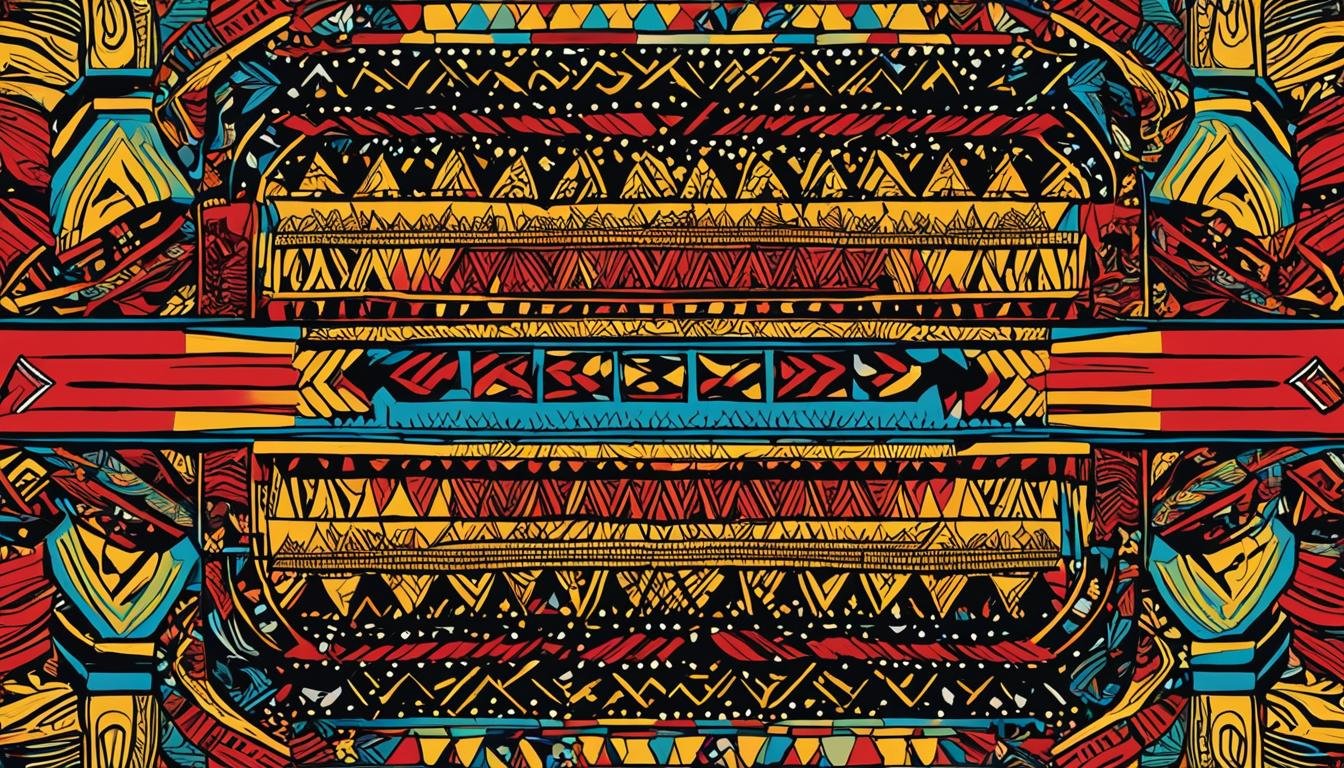I. Introduction Imagine a language echoing through the highlands of Mindanao, carrying the stories, traditions, and identity of a unique Filipino community – this is the Banwaon language. It’s more than just a collection of words; it’s a living vessel holding generations of wisdom, cultural practices, and the very soul of the Banwaon people. The…
Filipino Culture and Heritage
Mandaya Language of the Philippines
I. Introduction A Tapestry of Tongues in the Archipelago The Philippines is an archipelago brimming with incredible diversity, not just in its stunning natural landscapes but also in its rich tapestry of human cultures and languages. Far beyond the commonly known Tagalog (Filipino) and English, the country is home to over 180 distinct indigenous languages,…
Subanen Language of the Philippines
The Philippines, an archipelago brimming with cultural diversity, is home to over 170 languages, each weaving a unique thread into the nation’s rich tapestry. Among these linguistic treasures is the Subanen language, spoken by the Subanen people, one of the largest groups of lumad (indigenous peoples) primarily inhabiting the mountainous regions of the Zamboanga Peninsula…
Jeepney: How many people can fit inside?
The roar of the engine, the kaleidoscope of colours flashing past, the unique blend of organised chaos – these are the hallmarks of the Philippines’ Iconic Jeepney. More than just a mode of public transportation, the jeepney is a rolling symbol of Filipino culture, resilience, and artistry. It’s the undisputed King of the Road in…
Tagalog Baybayin: Exploring the Ancient Philippine Script
Imagine a time before Spanish galleons crossed the Pacific, a vibrant era in the archipelago now known as the Philippines. Societies flourished with their own systems of governance, trade, spirituality, and, crucially, writing. Among the most prominent of these was Tagalog Baybayin, an elegant ancient Philippine script used by Tagalog speakers in Luzon. Its delicate…
The Baybayin Writing System
Long before the arrival of the Spanish colonizers and the Latin alphabet that dominates the Philippines today, the islands flourished with unique cultures, vibrant communities, and distinct forms of expression. Among the most fascinating and enduring legacies of this pre-colonial Philippines era is the Baybayin Writing System, an ancient Filipino script that served as a…
Baybayin: A Beginner’s Guide to the Ancient Filipino Script
Unearthing a Written Legacy Imagine a time before Spanish galleons reached the shores of the Philippines, a time when vibrant communities thrived with their own unique cultures, traditions, and even their own systems of writing. Buried beneath layers of colonial history lies Baybayin, an ancient Filipino script that offers a profound connection to the nation’s…
Darangen: Maranao Epic Poem – A Cultural Treasure of the Philippines
The tapestry of global culture is woven with threads of epic narratives – grand stories passed down through generations, encapsulating the history, values, and soul of a people. Among these monumental works stands the Darangen, the extensive Maranao epic poem originating from the region surrounding Lake Lanao in Mindanao. More than just a story, the…
Pinoy Pride & A New Name: Should We Change the Philippines’ Name?
A surprising statistic shows that in April 2023, the Komisyon sa Wikang Filipino (KWF) suggested using “Filipinas” instead of “Pilipinas.” This has started a big debate about the country’s name and its role in national identity. The term “Filipinas” was first used in the 16th century, during the Spanish colony. It stands for modernization and…
Latin America East: Is Filipino Culture Just a Spanish Echo in the Philippines?
The Philippines, a vibrant nation in Asia, has a rich and complex history shaped by centuries of colonization. Many wonder if its modern identity is merely a reflection of Spanish influence or if it stands as a unique blend of indigenous and foreign elements. This article explores whether today’s culture in the Philippines is just…










